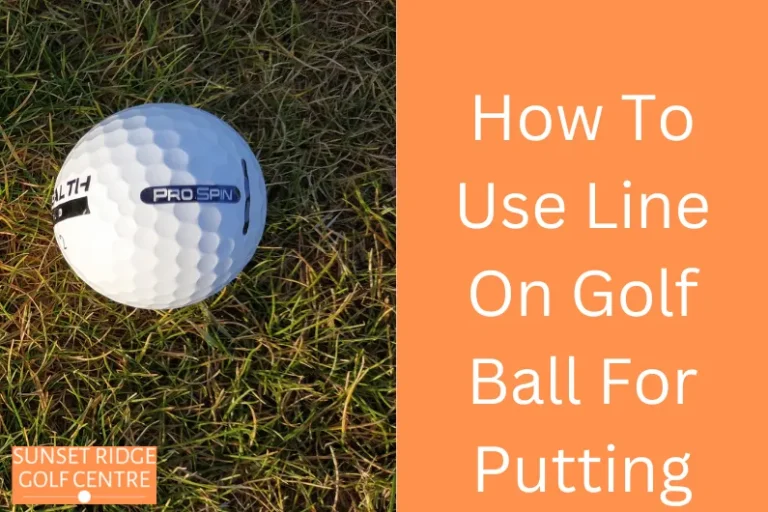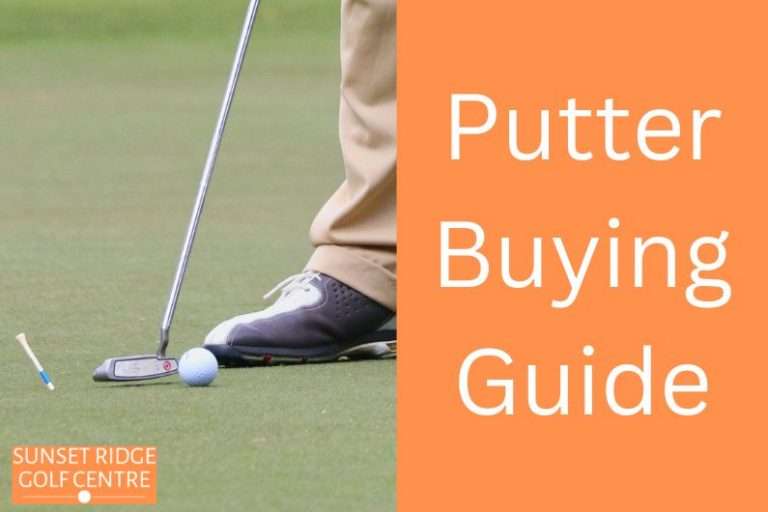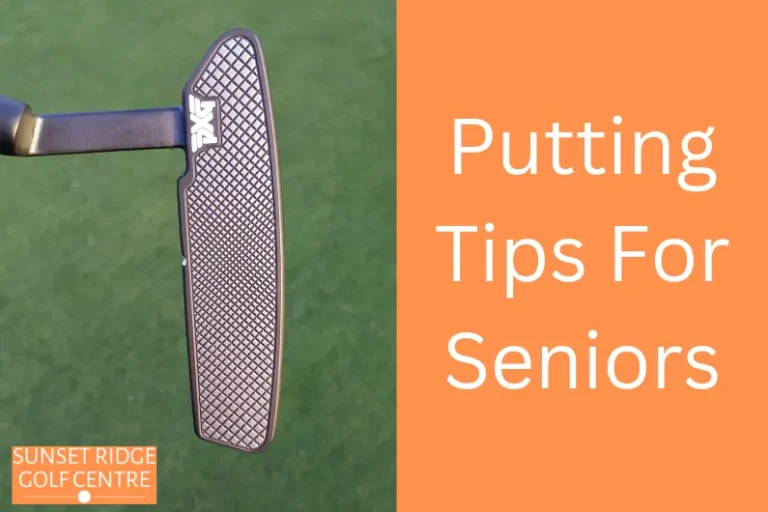Putting Tips From The Pros
It doesn’t matter how good your ball striking is if you’re not making any putts. If you want to improve your putting and putt like a pro take a look at the cooking tips from the pros that should help you make more putts
Professional Golfers Aren’t Infallible!
Many amateur golfers probably think professionals are holing out from all over the place. Obviously, they are extremely proficient putters otherwise they wouldn’t be playing for big money but they are far from infallible. Outside of 8-10 feet, the make percentage even for the best players in the world starts to drop off very rapidly. What does this mean for your game?
Well for one you need to work on improving your make percentage on those short putts and for another, you need to improve your distance putting technique to make sure you leave your second putt close enough for an easy chance at holing out.
Amateur vs Pro Putting
Comparing your putting to that of a professional golfer can be challenging, but it’s important to remember that they have put in countless hours of practice and dedication to get where they are. If you want to become a better putter, it’s essential that you practice putting drills on the putting green regularly.
Setting up some simple drills and taking your time as you work through them will help improve your accuracy and consistency when it comes to making the putts when it matters. Working with a golf instructor or taking lessons can also help give you an insight into the techniques used by professional golfers and how they go about their putting routine. Taking the time to drill the basics of your putting stroke will help you gain more confidence in yourself as a putter, which is key for any golfer striving for success on the course.
Here are some tips and drills for you to work on.
Putting Tips And Drills From The Professionals
Work On Your Putting Grip
Finding a grip that allows you to return the clubface consistently squarely will give you the best chance of holing those putts. Unlike your full-swing grip, you want to minimize your body’s movements.
One way to prevent your wrists from breaking as much is to place the club more in the palms of your hands so that your forearm and the putter shaft run fairly straight. Most putter grips have a flat front edge where you would rest your thumbs while your palms face one another on either side.
If you don’t find this most basic type of grip works for you then you could try one of a number of variations:
- Left-hand low
- Claw grip
- Prayer grip
- Wrist lock
- Broomstick
The Importance Of Grip Pressure
I don’t think that the importance of grip pressure when using a putter can be overstated. For the most part, you are not applying much force with a putter so you don’t need to hold on to the club too tightly. If you do you are likely to find that your hands, wrists and arms become tense leading to a jerky stroke. You should really keep the pressure hard enough that someone couldn’t pull the club from your hands but no harder than that. A common analogy is that you should have the same pressure as if you were attempting to hold onto a small bird.
Stance And Posture
If you’re not very good at lining up then it’s going to be difficult for you to get the ball in the hole. You should devote some of your putting practice to the basics of lining up correctly and making sure you have a consistent stance and ball position.
It’s probably best to have the ball positioned below your dominant eye. You might want to experiment though with a slightly open stance as some people find this helps them to “see” the line of the putt better at address.
Keep Your Head Still And Listen
The margins of error when putting our pretty small. If your putter face is off by as little as 2° then you’re going to miss that three-foot putt!
When working on your putting stroke you should always keep your head still.
Keeping your head still is essential for success on the green as it helps you maintain a consistent stroke. If you’re going to start the ball on the correct line then you need to be striking from the sweet spot of the putter on a regular basis with a consistent square face. Getting a consistent strike will also help you when it comes to judging the correct putting speed. If you’re striking the ball all over the face then you’re not going to get consistent distances for the same backswing.
To ensure that your head remains in the same position for every putt avoid looking at the ball after you’ve struck it. For long putts wait a few seconds before moving your head. For shorter putts wait until you hear the ball hit the cup.
When practicing there are a couple of ways to train yourself to keep your head still.
The first would be to use a putting mirror so you can see your head at address and while making your stroke. If you don’t have a mirror then you could place a small coin under the ball and keep your eyes focused on the coin after striking the putt.
Keep Your Wrists Quiet
Having quiet wrists during the putting stroke is essential for holing more putts. If your wrists are too active then it will become more difficult to strike the ball consistently from the center of the clubface. Work on your grip to minimize the chances of flappy wrists.
One drill that I liked to use when I find my wrists are breaking down too much is to stick a comb or pencil in the band of my watch which prevents my wrist from breaking down at impact.
Make A Pendulum Stroke
Creating a pendulum putting stroke is essential for any golfer looking to improve their putting game. The best putters in the world tend to do this in spite of a wide variety of different grips.
If you can reduce the number of moving parts then you should improve your chances. Try to work on rocking your shoulders while maintaining the angles in your elbows and wrists as much as possible. Obviously very long putts you will probably have to let the wrists break somewhat but I’m short and medium-length putts you really want to be moving the putt ahead like a pendulum.
Generate An Upward Strike
For most players, the ball should be positioned slightly forward of center which will help you create a slightly upward strike on the ball. This should help to get a good roll on the ball and minimize the amount of time the ball skids after impact.
Putting Drills Used By Tour Players
The Clock
The benefit of this drill is it forces you to go through your routine. You need to read each putt before sinking it. Find a part of the putting green with some slope around the hole. Place up to 12 balls around the whole at different points like an imaginary clockface at whatever distance you feel you need to practice up to about 8 feet.
Try to make each putt following your normal routine.
Phil Mickelson uses this practice regime regularly.
The 1-2-3 Drill
This is a useful routine that can help you get a feel for the green speed before a round. Place three golf balls in a straight line at different distances from the hole . You could start off at 3 feet, 6 feet and 9 feet. Try to make each putt. This should give you some feedback on the speed of the greens while giving you some positive feedback of seeing the ball going into the hole.
The Meter Stick Drill
This practice routine is great for showing you how well you are squaring the clubface. It’s probably best done indoors although you might be able to do it if you can find a flat piece of putting green. Take a yardstick or meter stick made from metal preferably with a hole at one end. Pop a golf ball into the hole and then try to putt the ball so that it doesn’t slide off the stick. This should really get you focusing on starting the ball straight with as little side spin as possible.
The Manilla Folder
A manila folder is not something you would usually associate with practicing your putting but it is actually a great putting drill for working on your distance control. Place a manila folder around 10 feet away on the green. Work on trying to get the ball to stop on the folder. If you manage to master the 10-footer then you can move on to longer distances to enhance your feel.
Here are some more distance putting drills.
100 Straight Putts
I think this is another Mickelson favorite. Find a flat putt and pop a tee peg in the ground. Try to hole out 100 putts from that spot before you end your practice session. This starts to add some pressure to your practice. One of the biggest problems with any form of practice is making it feel more like the real deal. If you really want to test your stroke and nerves then you might try to do this drill without missing one. Trying to make 100 in a row is going to add some real pressure particularly once you get near the end.
You might want to take pity on your greenkeeper and protect the bit of green you’re standing on by using a towel.
Putting Tips From The Pros: Summary
Putting doesn’t require the same physical co-ordination that the long game does so it’s that bit easier to improve. With some focused practice on mechanics and green reading you can lower your scores!
For more help on selecting a putter you could take a look at the putter buying guide.








